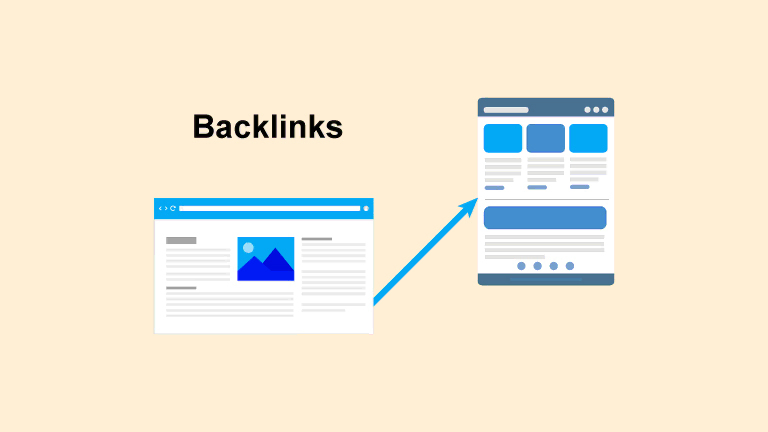Internal link structure and semantics in a GEO context

Generative Engine Optimization (GEO) should be approached differently than classic SEO. Instead of rankings, you optimize your texts for presence in AI-generated answers.
Within this framework, internal link structure becomes even more important. Not just as a navigation tool, but as a semantic signal with which you build structure, relevance and authority. In this article, I explain how to set up an internal link strategy that meets GEO requirements, with a focus on semantic links.
Why internal links do more than redirect
In a GEO environment, context plays a bigger role than ever. AI models analyze content not linearly, but through links between entities, topics and formulations. Internal links contribute to:
- The interpretation of content coherence at the domain level
- The recognizability of clusters, main topics and subpages
- The semantic relationship between pages, which affects topical authority
Whereas classic SEO uses links primarily as a crawl budget and for authority distribution, in a GEO context you use them to build meaning networks within your own domain. That brings us to the question of how exactly you make those semantics visible within your link structure. (1)
How semantics is woven into link structure
AI models assess not just that links are being made, but why and how. The value of an internal link is related to the semantic relationship between source and target page. This means that the anchor text must have content related to the topic of the target page.
Furthermore, the context in which the link appears should be meaningful (i.e., within main text, not just in menus or footers). It is also important that the structure of your website forms clusters around themes, not just around product categories or navigational needs. (2)
This creates content links that AI interprets as evidence of expertise, coverage and relevance.
Getting started with SEO? Feel free to get in touch.

GEO and local semantics
Within GEO, local relevance is not tied to classic keywords like “SEO Rotterdam. Instead, an AI model searches for:
- Site-specific entities and references
- Relationships between services and geographic context
- Signals that show your mastery of both subject and place
The internal linking structure should support this. Logically linking city and region pages, topic pages by service area and semantically related topics within that region is important. So don’t use lists of links, but rather substantive links.
Strategy for semantic link structures
To set up a strong internal link structure for GEO, I always work from a thematic model. These are important principles in doing so:
- Pillars by main topic or service
Pages that provide broad, deep coverage of a topic (such as SEO, SEA or online marketing). - Underlying pages by region, sub-theme or target audience.
Consider local pages, sector pages or use cases. - Contextual links within main text
Internal links that make content logical, use anchor texts with entities and reflect semantics.
In these ways, you build a structure in which each issue is locally, substantively and relationally embedded. That is exactly what is important for GEO.
Case study: semantic clusters for a national service provider
At a national service provider, I once saw the difference between a classic link structure and a semantically built GEO link structure. I replaced generic landing pages with superficial content with thematic clusters by region.
This included internally linked pages on applications, cases and frequently asked questions within that place. The impact was clear: the number of clicks from AI-generated resources such as SGE and Perplexity increased significantly. We did this without building a single external link. The hefty anchoring made all the difference.
Summary
In a GEO context, internal link structure is not just about smooth navigation, but about meaning. By linking pages together logically, thematically and semantically, you increase the likelihood that your content will be selected. You also increase the likelihood that your content will be interpreted and reused in AI responses.
So focus not on volume or distribution of links, but on content consistency, semantic logic and local depth. That’s how you build a GEO infrastructure that endures.
| # | Source | Publication | Retrieved | Source last verified | Source URL |
|---|---|---|---|---|---|
| 1 | Internal links: Ultimate Guide + Strategies (Semrush Blog) | 22/01/2025 | 22/01/2025 | 24/11/2025 | https://www.semrush.com/.. |
| 2 | How to Build a Topic Cluster in 10 Minutes (SEO Blog By Ahrefs) | 23/10/2022 | 23/10/2022 | 12/11/2025 | https://ahrefs.com/blog/.. |
- Abouobaia, J., Pol, T., Lahey, C., & Harsel, L. (22/01/2025). Internal links: Ultimate Guide + Strategies. Semrush Blog. Retrieved 22/01/2025, from https://www.semrush.com/blog/internal-links/
- Sheridan, J. (23/10/2022). How to Build a Topic Cluster in 10 Minutes. SEO Blog By Ahrefs. Retrieved 23/10/2022, from https://ahrefs.com/blog/topic-clusters/






